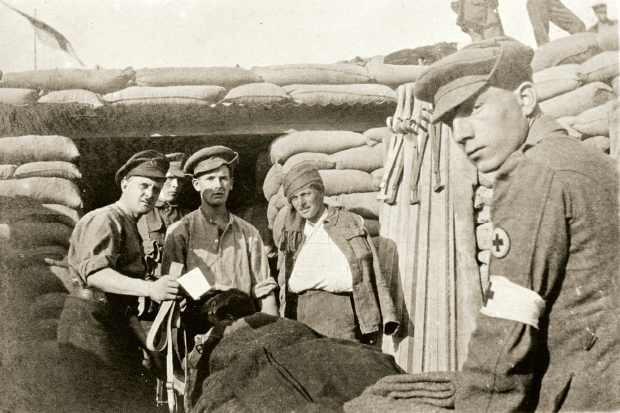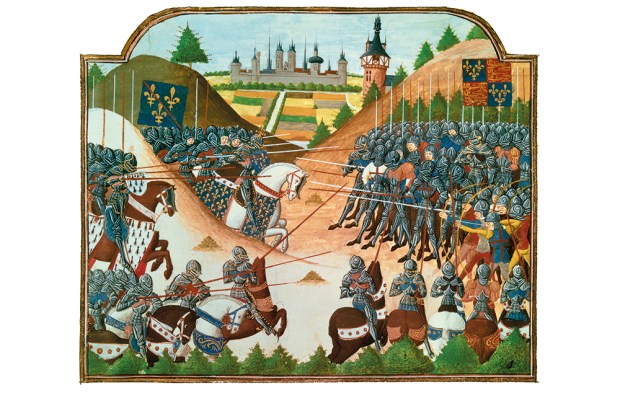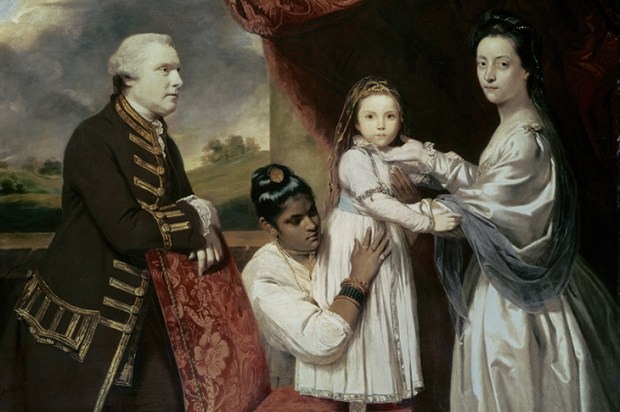In August 1915, in his tent at GHQ on the Aegean island of Imbros, General Sir Ian Hamilton, commander-in-chief of the Gallipoli expedition, woke from a dream in which someone was attempting to drown him in the Hellespont. ‘For hours afterwards,’ he wrote in his diary, ‘I was haunted by the thought that the Dardanelles were fatal: that something sinister was afoot: that we, all of us, were pre-doomed.’ This was not how it had seemed when what had been confidently designated ‘the Constantinople expedition’ set out for the distant and largely unknown Turkish peninsula. As an exhilarated Rupert Brooke had explained to his mother:
We are going to be part of a landing force to help the fleet break through the Hellespont and the Bosphorus and take Constantinople, and open up the Black Sea. It’s going to be one of the important things of the war, if it comes off.
For young officers like Brooke, well grounded in the classics, the Gallipoli campaign had an irresistible glamour. Sailing past the coast of Africa, he wrote: ‘We’ve been gliding through a sapphire sea, swept by ghost of triremes and quinqueremes, Hannibal on poop, or Hanno … Soon — after Malta — we’ll be among the Cyclades. There I shall recite Sappho and Homer. And the winds of history will follow us all the way.’ About to embark on the same ship, Patrick Shaw-Stewart, one of the most gifted classicists of his generation, had written that he was looking forward to fighting ‘in the Chersonese or on the plains of Troy’, adding: ‘I am going to take my Herodotus as a guidebook.’ As Petty Officer David Fyffe, one of those who bear witness in Richard van Emden and Stephen Chambers’s handsome volume, puts it: ‘One felt somehow as if one were clasping hands across the centuries with the great adventurers.’
Alan Moorehead’s classic account of the campaign, originally published in
1956, is appropriately replete with classical allusions and takes its epigraph from Herodotus:
And now, as he looked and saw the whole of the Hellespont covered with vessels of his fleet and all the shore and every plain about Abydos as full as possible with men, Xerxes congratulated himself on his good fortune; but after a while he wept.
As with Xerxes, so with Hamilton, whose large amphibious force failed in all its objectives with appalling loss of life. The initial naval attempt to force a way through the Dardanelles had been thwarted by newly laid and unsuspected mines, and the landings and subsequent battles on the peninsula itself were ill-prepared and mismanaged, leading to huge casualties and, eventually, an ignominious withdrawal. While acknowledging that it might be costly, Churchill had imagined that his bold plan would be a glorious success and Turkey would be knocked out of the war; instead Gallipoli went down in history as the graveyard of some 130,000 men and a good few political and military reputations.
George Orwell famously observed in 1941 that the British ‘do not retain among their historical memories the name of a single military victory… the four names which have really engraved themselves on the popular memory are Mons, Ypres, Gallipoli and Passchendaele, every time a disaster’. Equally, in Australia and New Zealand, Anzac Day has much greater significance than Armistice Day: observed every 25 April, it commemorates the day — or, rather, night — in 1915 that the Australian and New Zealand Army Corps made their courageous but chaotic landing at Gaba Tepe. A few hours later, at Cape Helles on the southern tip of the peninsula, a heavy naval bombardment was supposed to have destroyed any resistance. It had not, and in the light of morning many of the British troops packed into boats were shot dead before they even reached the shore. ‘One by one the oars fell from the dead hands of their occupants and drifted slowly away,’ wrote Fyffe. As one of the boats passed him, he ‘could look straight down into her motionless cargo. It was a floating shambles. A mass of corpses huddled together in the bottom of the boat and lying heaped above one another across the crimson benches’. An airman looking out of his plane ‘saw that the calm blue sea was “absolutely red with blood” for a distance of 50 yards from the shore’.
The troops that did land on Gallipoli soon found themselves in the same
kind of stalemate endured by their fellow soldiers on the distant and very different terrain of the Western Front. The Allies were unable to push further inland and the Turks failed to drive them back into the sea. If rain and mud characterised conditions on the Western Front, on Gallipoli it was heat and flies. By July temperatures were averaging 84 degrees in what little shade there was, and flies swarmed directly from latrines and unburied corpses to smother all food, resulting in catastrophic epidemics of dysentery. Hamilton had pleaded for reinforcements and ammunition in vain, but a change of government led to another three divisions being despatched to the Aegean to mount a new offensive in August. The landing of fresh troops at Sulva Bay to the north of Gaba Tepe went well, but disagreement and confusion among the elderly commanders meant that the opportunities to press inland were missed. As one soldier put it: ‘We were hampered, hindered and buggered about by old men … relics of the Boer War, rejects from France.’
In addition to battle casualties, 800 men were now being taken off the peninsula every day owing to sickness. After much wrangling, the decision was finally reached to evacuate, but not before winter had brought the worst blizzard in the region for 40 years, during which 5,000 Allied soldiers were incapacitated by frostbite. The evacuation in January 1916 was the one unequivocal success of the campaign: unlike the assaults, it had been kept entirely secret, the Turks were caught unawares, and casualties, which had been grimly predicted at 50 per cent, were almost non-existent.
Moorehead’s beautifully written, even-handed and panoptic account of the campaign remains a model of military history. His quick character studies of the politicians and generals bring them startlingly to life, his descriptions of the frequently confused landings and battles achieve remarkable lucidity, and his accounts of the unparalleled May truce (called so that the putrefying dead could be buried) and the near-miraculous evacuation are little masterpieces of storytelling. He analyses the decisions made at GHQ and their consequences, but recognises that if one also looks at the campaign
in its quieter moments, the feelings of the soldiers, what they ate and wore and thought and talked about, the small circumstances of their daily lives, the scene becomes alive again and in a peculiarly vivid way.
Van Emden and Chambers achieve similar results by reproducing verbatim the testimony of combatants, from commanders down to a 15-year-old midshipman, alongside astonishing snapshots taken at the time. It is fascinating to have Turkish voices alongside British, Australian and New Zealand ones: the diary of Lt Ibrahim Naci, for example, though very differently expressed, is as desolating as anything from the Western Front, while a Pte Charles Watkins of the Lancashire Fusiliers writes with particular flair. If the overall narrative does not cohere as well as Moorehead’s, these individual voices nevertheless provide an immediate and invaluable record of what it was like to participate in what the authors rightly call ‘the Dardanelles disaster’.
Got something to add? Join the discussion and comment below.
Get 10 issues for just $10
Subscribe to The Spectator Australia today for the next 10 magazine issues, plus full online access, for just $10.
'Gallipoli: The Dardanelles Disaster in Soldiers’ Words and Photographs', £20 and 'Gallipoli', £20 are available from the Spectator Bookshop, Tel: 08430 600033. Peter Parker is the author of The Old Lie: The Great War and the Public-School Ethos.
You might disagree with half of it, but you’ll enjoy reading all of it. Try your first month for free, then just $2 a week for the remainder of your first year.














Comments
Don't miss out
Join the conversation with other Spectator Australia readers. Subscribe to leave a comment.
SUBSCRIBEAlready a subscriber? Log in